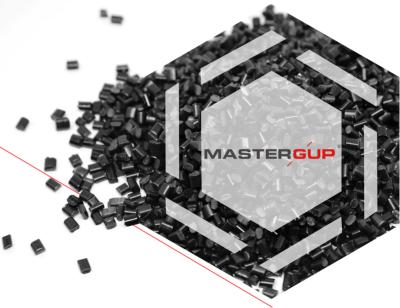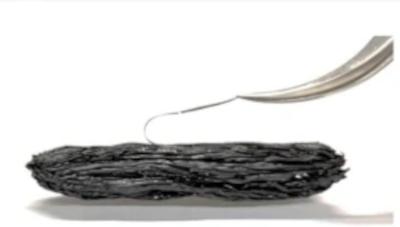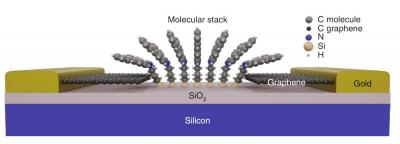Graphene-based masterbatches: Marrying performance with ecological responsibility
GrapheneUP®, an industry vanguard in manufacturing verified few-layer graphene and a diverse array of graphene-centric intermediary products, announces the debut of MASTERGUP® — an innovative line of thermoplastic masterbatches. This breakthrough harnesses the transformative potential of graphene, setting a new benchmark for sustainability and recyclability within multiple sectors.
Graphene, distinguished by its exceptional strength and conductivity, imparts enhanced thermoplastic properties, including mechanical robustness, thermal stability, and gas barrier properties. These advancements extend the lifespan of products and significantly reduce waste, thereby contributing to more excellent environmental stewardship. Moreover, incorporating the graphene GUP® into thermoplastic matrices elevates processability, streamlining the molding, reshaping, and recycling processes. GUP®-fortified thermoplastics demonstrate remarkable endurance through repeated recycling, mitigating material degradation — a commendable achievement in material sustainability.





